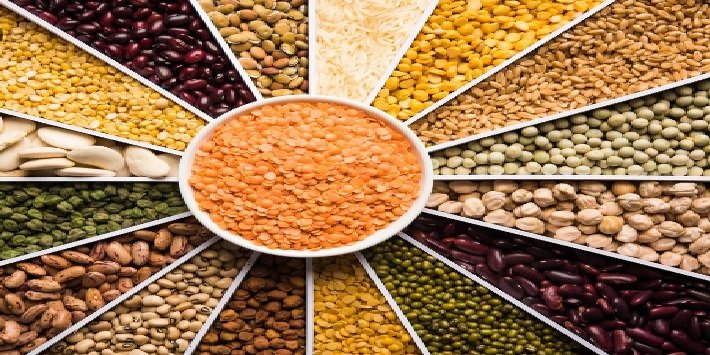Pulse Self-Sufficiency Mission Faces Major Challenges
23-Oct-2025 01:39 PM

New Delhi. The Union Cabinet recently approved the Pulse Self-Sufficiency Mission for a period of six years, from 2025-26 to 2030-31. A financial provision of ₹11,440 crore has been made for this.
The targets set for the area under cultivation, average yield, and total production of pulses under this mission are, if not impossible, extremely difficult to achieve. Furthermore, achieving these targets is essential. In other words, large imports of foreign pulses may continue.
While the demand and consumption of pulses in India are rapidly increasing, production remains stagnant or declining. Consequently, the gap between demand and supply of pulses is widening.
During the financial year 2024-25, the country imported a record amount of over 7 million tonnes of pulses, representing approximately 30 percent of the total domestic consumption of 25.2 million tonnes.
Previously, approximately 4.7 million tons of pulses were imported in 2023-24. Bridging this huge gap in the next 5-6 years will not be an easy task.
The area under pulses has declined significantly in recent years. The total area under pulses production at the national level reached 31 million hectares in the 2021-22 season, which declined to 28.9 million hectares in 2022-23 and further to 27.5 million hectares in 2023-24.
The area under pulses remained nearly stable in the 2024-25 season. Similarly, pulse production also declined from 27.3 million tons in the 2021-22 season to 26.1 million tons in 2022-23 and further to 24.2 million tons in 2023-24. During 2024-25, it increased by 1 million tons to 25.2 million tons.
The Pulses Mission must proceed with full vigor, precision, and dynamism, as domestic consumption of pulses will continue to grow. There is a pressing need to increase farmers' confidence and attractiveness.
